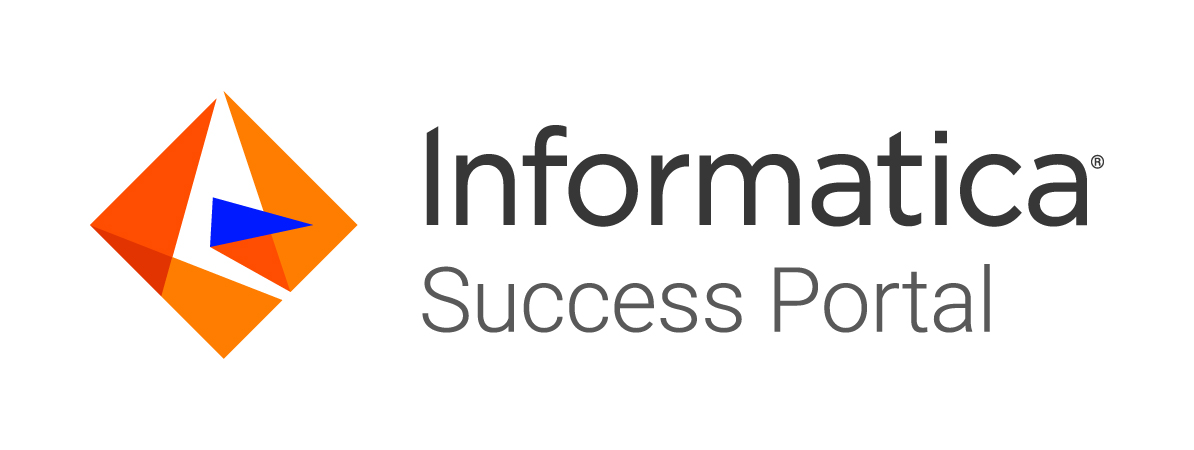What could you achieve with expert-level knowledge of Enterprise Data Catalog?
With this learning path, you’ll gain the tools and insights to become proficient in Informatica EDC, empowering you to drive meaningful outcomes for your organization. Informatica Enterprise Data Catalog (EDC) is a robust solution that enables you to seamlessly discover, understand, and govern your data assets to fuel innovation and decision-making.
Here’s how EDC empowers you:
- Discover and Understand Data: Effortlessly locate and interpret data assets across diverse sources.
- Enhance Data Quality: Identify and resolve data quality issues to ensure trust and accuracy
- Accelerate Decision-Making: Access reliable data quickly to drive informed business strategies.
- Strengthen Data Governance: Implement policies and standards to secure and govern data effectively.
Begin Your Data Mastery Journey
Our comprehensive, self-paced learning path is designed to help you fully leverage the capabilities of Informatica EDC and equip you with the tools and knowledge to:
- Plan and prepare your data cataloging strategy.
- Discover and catalog your data assets.
- Ensure data quality and curate your data.
- Enrich your data with valuable insights.
- Visualize and analyze your data with powerful dashboards.
Completion Incentive:
Complete all modules of this learning path to earn a completion badge that will appear on your Summary page upon finishing all the learning modules. This badge signifies your proficiency in Informatica Enterprise Data Catalog and highlights your commitment to mastering this powerful platform.
Informatica University
Looking to dive deeper into Informatica EDC? Check out the Enterprise Data Catalog 10.5 Developer, Professional Certification!
Tech Tuesday Webinars

Product Feature
Data Quality Reporting Framework using Axon and DEQ
 Jun 21, 2022
Jun 21, 2022
 8:00 AM PST
8:00 AM PST

Product Feature
Axon - Adding, Updating and Deleting Data using API Calls
 Jun 14, 2022
Jun 14, 2022
 8:00 AM PST
8:00 AM PST

Product Feature
Calculating the Value of Data in your Enterprise
 Jun 07, 2022
Jun 07, 2022
 8:00 AM PST
8:00 AM PST

Product Feature
Configure EDC Metadex Scanner with Microsoft SSIS, SSRS and SQL Server Stored Procedures
 Dec 06, 2022
Dec 06, 2022
 8:00 AM PST
8:00 AM PST


Product Feature
Advanced Scanners: Architecture, Installation, Capabilities and Updates
 Jun 28, 2022
Jun 28, 2022
 8:00 AM PST
8:00 AM PST

Product Feature
Data Quality Reporting Framework using Axon and DEQ
 Jun 21, 2022
Jun 21, 2022
 8:00 AM PST
8:00 AM PST

Product Feature
Axon - Adding, Updating and Deleting Data using API Calls
 Jun 14, 2022
Jun 14, 2022
 8:00 AM PST
8:00 AM PST

Product Feature
Calculating the Value of Data in your Enterprise
 Jun 07, 2022
Jun 07, 2022
 8:00 AM PST
8:00 AM PST

Product Feature
Configure EDC Metadex Scanner with Microsoft SSIS, SSRS and SQL Server Stored Procedures
 Dec 06, 2022
Dec 06, 2022
 8:00 AM PST
8:00 AM PST


Product Feature
Advanced Scanners: Architecture, Installation, Capabilities and Updates
 Jun 28, 2022
Jun 28, 2022
 8:00 AM PST
8:00 AM PST
